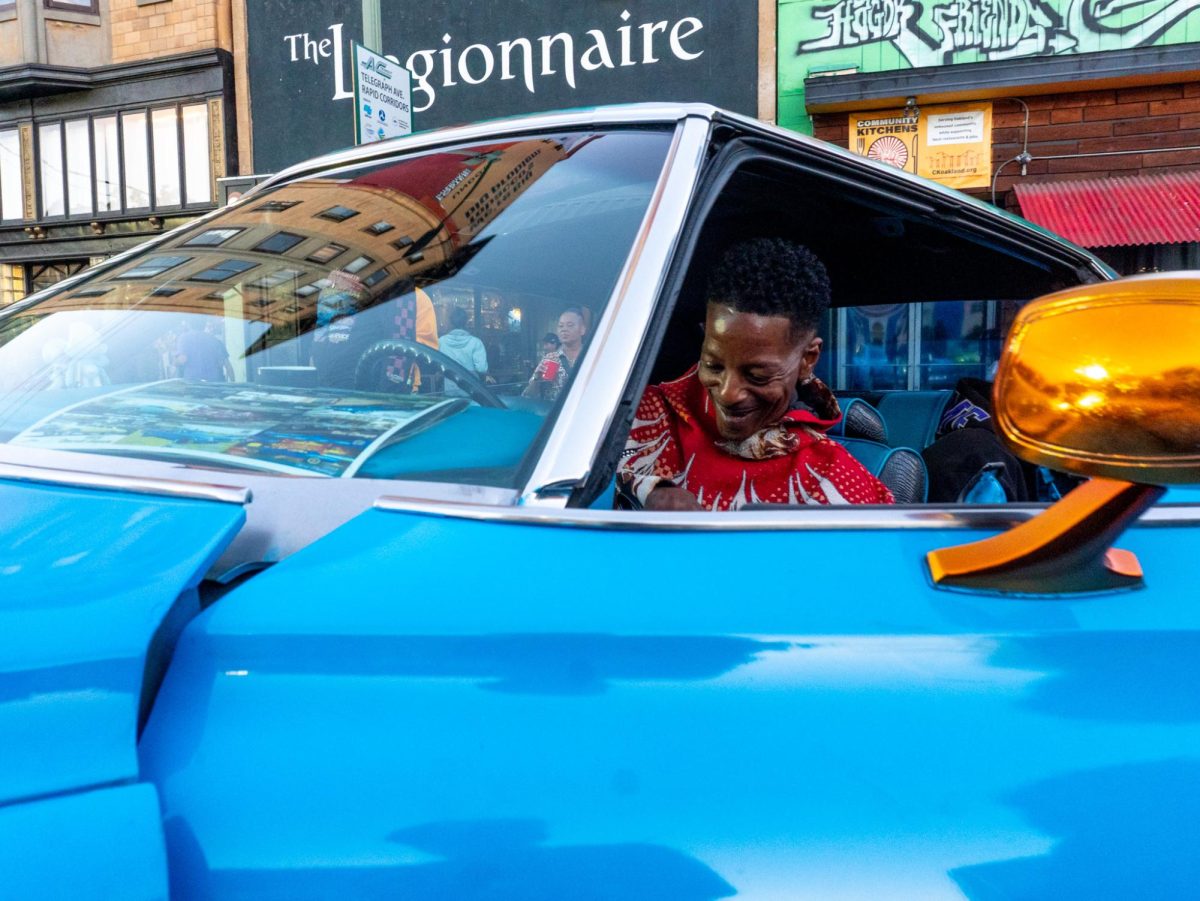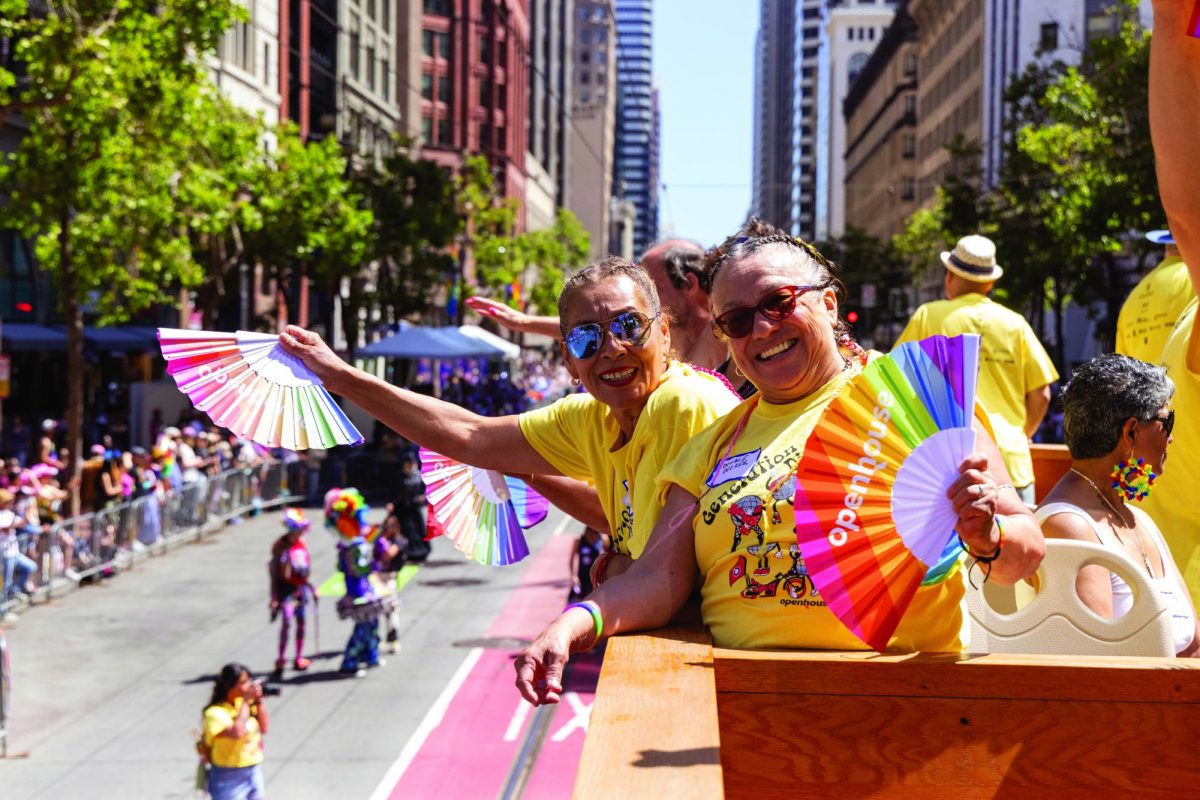
Imagine a world that is in disorder. A world where a nation is run by a totalitarian government, experiencing oppression, and the thought of death is constantly looming in the minds of citizens. Suddenly, an individual seeking a revolution arises and starts an uprising that will change the nation.
Does this sound familiar? It should, as it is the storyline of a couple dystopian novels that were recently published. A current trend of post-apocalyptic novels turned blockbuster movies has been circulating right after sparkling vampires had won over the hearts of audiences everywhere.
Series such as The Hunger Games by Suzanne Collins and Divergent by Veronica Roth have been highly popular among young adults. However, both series seem to contain the same storyline – the world is in complete chaos and someone needs to fix it.
The question, however, is why now? Why are dystopian novels turned into movies so popular among the young adult audiences now?
This fascinating genre of novels has stemmed from a long history, perhaps starting in the 1930s. According to The Guide to Dystopian Literature, post-apocalyptic novels are based on the fear of state. Novels such as 1984 by George Orwell and Fahrenheit 451 by Ray Bradbury were all inspired by communism and World War II.
Moving on, the “second wave” of dystopian literature was highly inspired by “environmental crises” and the Cold War. The Handmaid’s Tale by Margaret Atwood and Never Let Me Go by Kazuo Ishiguro are all novels that seemingly contain a sort of worry for the human body and “distrust of the state.”
Now, a wave of popular culture and the after-effects of September 11th, 2001 have sparked the interest of young adult audiences toward dystopian entertainment. The Hunger Games and Divergent are two popular novel series that have been turned into blockbuster films.
Both movies differ in plot, as The Hunger Games series is set in a futuristic society, Panem, while the Divergent series is set in a post-apocalyptic society. Panem is run by a powerful government, that each year, chooses two teenagers from each of the twelve districts to battle in a competition that involves a fight to the death. Katniss Everdeen, a girl from District 12, volunteers to participate in replacement of her younger sister, Prim. This then starts and leads toward the uprising that is described later in the books.
On the other hand, the Divergent series, set in a post-apocalyptic society, is divided into five factions – Abnegation, Amity, Candor, Dauntless, and Erudite. The story follows Beatrice “Tris” Prior, who is in search for her own identity in this community that is divided.
However, there is one trait that these two series have that past post-apocalyptic novels have lacked: romance.
Romance mixed with a tough heroine are aspects that both novels contain. The authors of these novels made sure to incorporate some sort of love interest between the heroine and her companion while they are starting and seeking for a rebellion. For example, in The Hunger Games series, Katniss Everdeen eventually falls in love with her District 12 partner, Peeta Mellark. In Divergent, Tris falls in love with Four while training in the Dauntless faction.
This connection between two characters targets the interest of young adult audiences, more specifically the women. Perhaps Hollywood decided to turn these novels into movies because the trend of romance between vampires and humans has been run down and has finally come to an end.
However, there is a much deeper meaning as to why audiences are so drawn to post-apocalyptic stories today. A theory suggests that the attraction could be because today’s generation has been impacted greatly by the September 11th attacks. The fear or worry that a disastrous event can occur at any time could be instilled within the minds of young adults today.
According to Cecilia Goodnow, this genre of literature is favorited because “it mirrors a world beset by some of the most frightening problems in recent memory, from climate change to terrorism and the shredding of privacy and free will.”
Furthermore, according to a recent study, The Hunger Games seems to reflect “the post-9/11 era where individual freedoms have been threatened.” The study gives the example of when Katniss experiences the perils of “speaking out against the government.” This in turn can be seen as a comment “on the ease in which an American citizen today could be reclassified as an enemy of the state.”
By seeing these fictional characters live out and fight against the communal fear within their world, it easily depicts the “what could happen” if today’s world experienced that.
“It is the fear and sense that something is shifting that draws the attention of young audiences today,” says Laura Garcia-Moreno, SF State humanities professor.
Whether or not it is about rebellion or a journey toward a more simplified life, what each heroine within these dystopian novels give their audience is hope; hope for a better life and hope for a better future.








